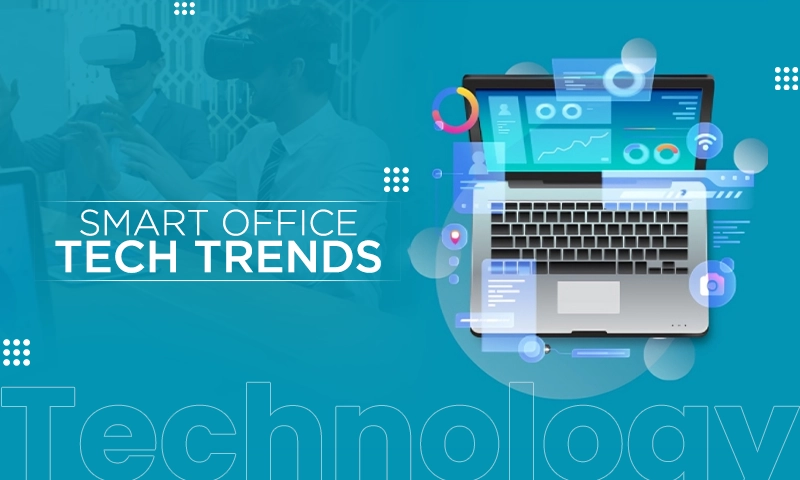What is the Future of Cloud Computing?
As society emerges from the Covid-19 pandemic, one point is clear: the way in which people communicate—in terms of day-to-day life and social interactions, as well as in corporate settings—has changed forever.
The functionality of online communication was thrown into the spotlight during the pandemic, as it enabled friends and co-workers to stay connected—even during the stay-at-home orders and lockdowns.
These communication channels, such as Zoom and Microsoft Teams, allowed for critical social interaction—as well as the enabling of effective, fast, and easy-to-use methods of maintaining cooperation and strong teamwork amongst colleagues.
One aspect of technology and online functionality that has benefitted from a boom in feasibility, as well as continued improvements in capability and collective integration, is that of cloud computing.
Much like communication systems such as Zoom are required to enable effective collaboration between team members who are not in the office, cloud computing solutions mean that no matter where a colleague is, they can access their work profiles and all the necessary files at any time—all they need is an internet connection.
However, while cloud computing has huge potential, way beyond that of simple remote file and profile accessibility, there is still a long way for it to go before it’s a staple in every business or industrial setting.
Read on to find out more about the future of cloud computing, and where the trends for the coming years are currently headed.
The Industry Will Continue to Grow
A trend that is guaranteed to realize itself in the coming months and years is that the cloud computing industry will continue to grow.
It’s already an astronomically large industry, worth just over $300 billion in 2020; however, looking at the total value for 2022 shows that it is an industry firmly on the rise, with it due to be worth $482 billion by the end of the year—which is a significant increase.
The considerable increase in the size of the cloud computing industry can be attributed to a number of factors, including the continued integration of everyday devices into the internet-connected, cloud-based Internet of Things, which allows for the seamless remote control of household devices.
It’s also hugely important in manufacturing, as industrial machinery can be synchronized, automated, and optimized using cloud-based Internet of Things technology. As an increasing number of industries and businesses implement the Internet of Things, and the general public becomes familiarized with the concept, the industry is sure to grow even further.
Sustainability will be a Driving Factor
As is a necessity for any industry trend or emerging technology in the modern-day, sustainability is sure to be a significant factor in the continued integration of cloud computing technology into both ordinary homes and residential spheres, as well as in retail and industry sectors.
It’s critical now more than ever that businesses—and especially industry-wide groups—continue to support the search for the most environmentally friendly ways to get anything done; and this applies to tech solutions such as cloud computing, too.
By its nature, the world of technology and connectivity is an energy-intensive industry, using large quantities of electricity to power the hardware devices that allow us to connect to the internet and all of the connectivity structures that support both residential and commercial internet use.
This is even more true when considering the ever-increasing capabilities of our digital devices, as these increased computing capabilities require more energy in order to be carried out.
Cloud computing offers huge potential for reducing the amount of energy used, as it means that individual businesses no longer have to host their own servers, which are traditionally a big consumer of energy, especially when users expect an internet connection 24 hours a day.
Not only is sustainability in the interest of all ordinary citizens, but it’s also within the needs of businesses—particularly mega-corporations such as Amazon—as climate change will cause over a trillion dollars’ worth of extra costs per year by 2025.
Serverless Infrastructure
As touched upon already, servers are not only a money pit in terms of maintenance and repair, but they also consume a large amount of electricity and offer little flexibility for businesses looking to scale their operations up or down.
That’s why Microsoft Azure and AWS DevOps are looking to cloud computing technology to provide a truly serverless future, where energy use can be reduced on industrial and individual scales, and businesses can benefit from pay-as-you-go server usage that allows for instant scaling, depending on your business’s current situation.
Of course, physical servers are still required to provide connection and functionality, but it’s no longer needed for resources to be spent on on-site server installation and repair, with a serverless infrastructure making it easier than ever to use the strongest capabilities of the cloud computing landscape.
Share















